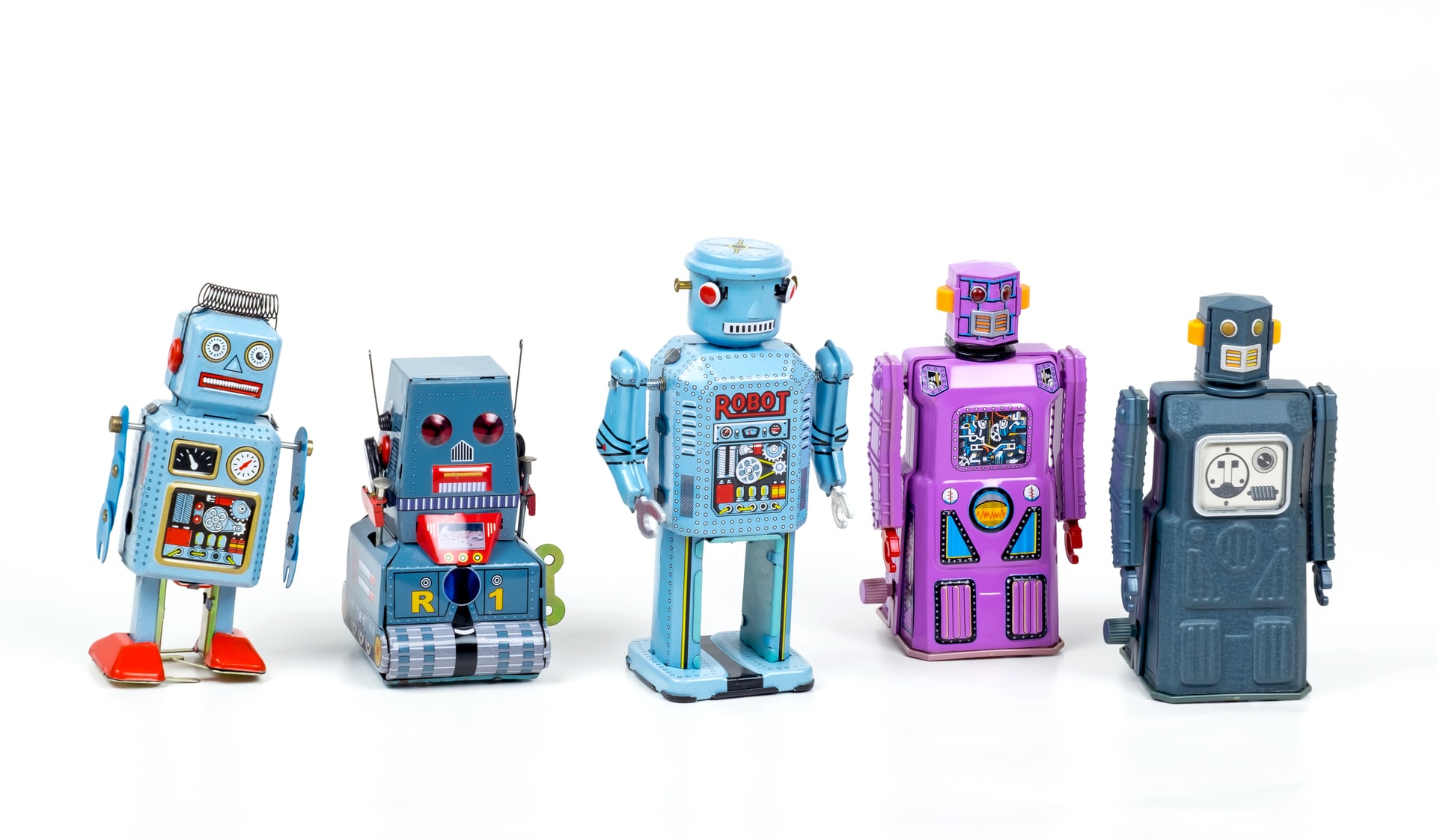Artificial intelligence is getting more expensive to develop, and the cost is growing faster than the energy efficiency of the models. This is because they are trained many times with different structures, and the best one is selected. For example a model called Bidirectional Encoder Representations from Transformers (BERT) used 3.3 billion words from English books...
Category: Science
LAL – Little Activity Language
lal is a lightweight Service composition and execution language that is tailored towards the requirements of mobile infrastructures. lal has a considerable small set of abstractions that are easy to understand for people – in comparison with workflow languages like BPEL or YAWL. The latter are used to specify each step that is necessary towards...
Intel, MIT and Georgia Tech Improve Machine-Programming Code Similarity System
A team of researchers from Intel, MIT and Georgia Tech has published a tool that has the potential of helping developers to write code automatically. The tool, called machine inferred code similarity – or MISIM for short – is able to get the intends of pieces of code. It does so by “looking” at the...
Prepare for Artificial Intelligence to Produce Less Wizardry | WIRED
It has become very expensive to train modern networks; in fact it has become so expensive, that some companies are choosing not to use AI methods at all. A new research paper by Neil Thompson et. al. argues that it is, or will soon be, impossible to keep increasing computational power at rate needed to...
AI Ethics Reading | AI Truth.org
If you want to take a deep dive into AI and ethics, go to AI Ethics Reading | AI Truth.org for an overview of critical surveys, papers, books from AI experts. It’s definitely worth checking out :-). Photo by h heyerlein on Unsplash
Converging Solutions: Artificial Networks Shed Light on Human Face Recognition
Humans are almost hardwired to recognize faces. It’s important for us to tell people apart and we barely think about it. But the recognition process is far from being understood. Researchers at the Weizmann Institute of Science in Israel have compared how deep neural networks recognize faces and compared this with activation pattern data from...
DeepMind’s Losses and the Future of Artificial Intelligence | WIRED
If you look at AI from a purely business point of view, Alphabet’s DeepMind last year’s loss of $572 million should make you worry. Especially, when considering the rising magnitude of DeepMind’s losses: $154 million in 2016, $341 million in 2017 and $572 million in 2018. Basically, you need to have really deep pockets to...
Activity-Centric Computing Systems | August 2019 | Communications of the ACM
The Activity Centric Computing paradigm adresses information management challenges that at the core of the application centric computing paradigm. Activity-Centric Computing Systems from CACM on Vimeo. Photo by Steve Johnson from Pexels Source: Activity-Centric Computing Systems | August 2019 | Communications of the ACM
Brain Drain: How Your Smartphone Takes a Toll on Your Thinking | Journal of the Association for Consumer Research: Vol 2, No 2
Chance are high that your read these lines on a smartphone. Maybe your were even alerted by a push notification. Researchers Adrian F. Ward, Kristen Duke, Ayelet Gneezy, and Maarten W. Bos invesigated the effects of having the smartphone nearby. The results are striking: the closer your smartphone is, the bigger the effect on your...
The Geometry of Thought | Edge.org
Barabara Tversky discusses what she calls geometry of thought in this very intersting EDGE cast: Slowly, the significance of spatial thinking is being recognized, of reasoning with the body acting in space, of reasoning with the world as given, but even more with the things that we create in the world. Babies and other animals...









